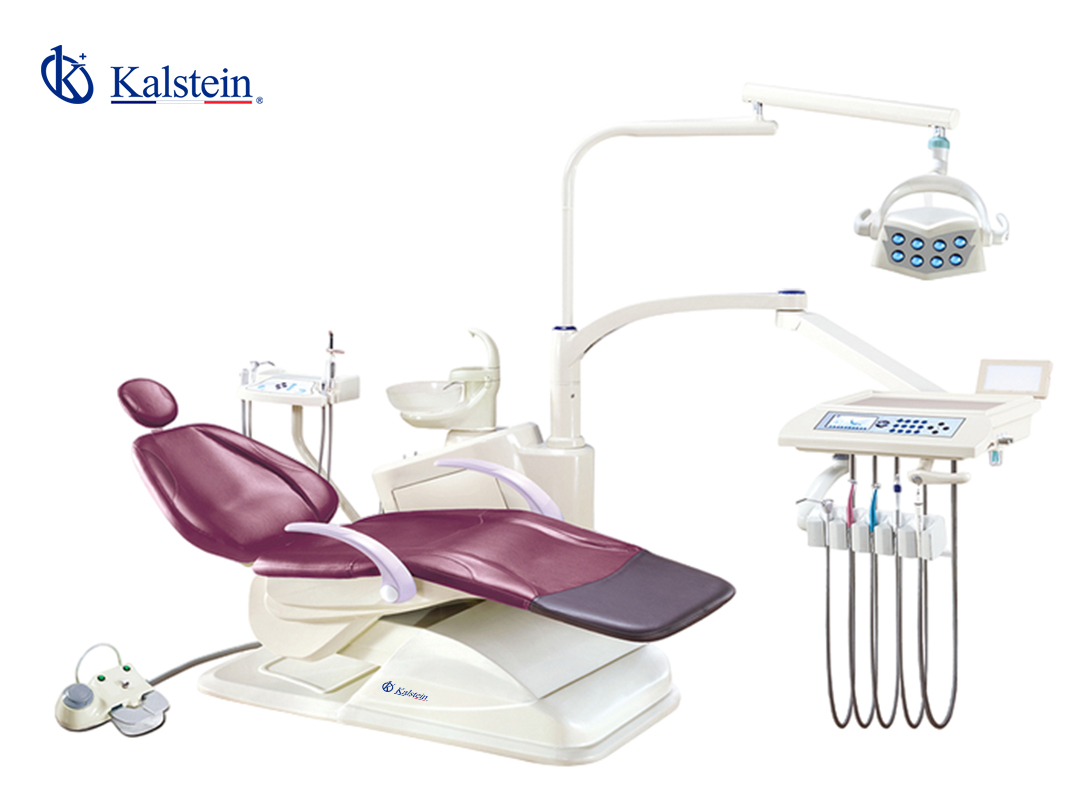Microscopes
Exploring the world of microscopy unveils a universe of intricacies invisible to the naked eye. From unraveling the complexities of cellular structures to delving into the realm of microbiology, microscopes are indispensable tools for researchers, scientists, and enthusiasts alike. At Kalstein, we understand the pivotal role that microscopy plays in advancing scientific discovery, which is why we offer a wide selection of cutting-edge microscopes designed to meet the diverse needs of today’s laboratories.
Our range of microscopes caters to varying magnification levels, illumination techniques, and imaging capabilities, ensuring that you find the perfect instrument for your specific applications. Whether you are embarking on a journey of exploration at the cellular level or conducting intricate research in the field of pathology, our microscopes deliver unparalleled precision and clarity. Dive into the world of microscopy with Kalstein and unveil the hidden wonders that await your discovery.
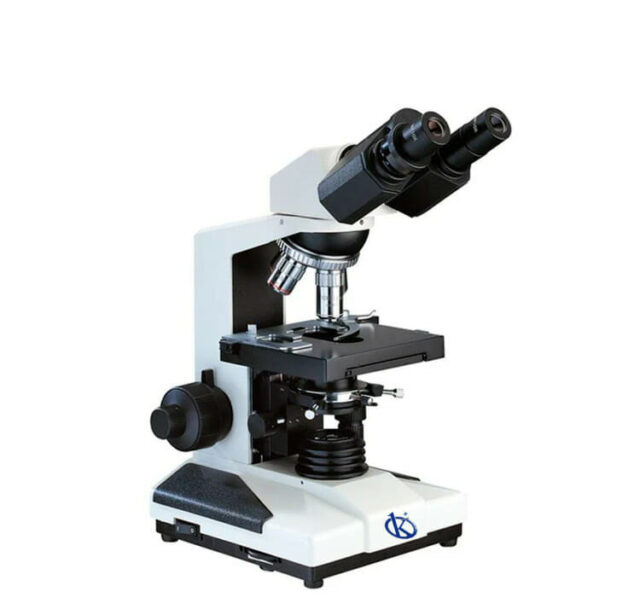
MICROSCOPE KALSTEIN
At Kalstein you can find the ideal Microscopes for Your Laboratory
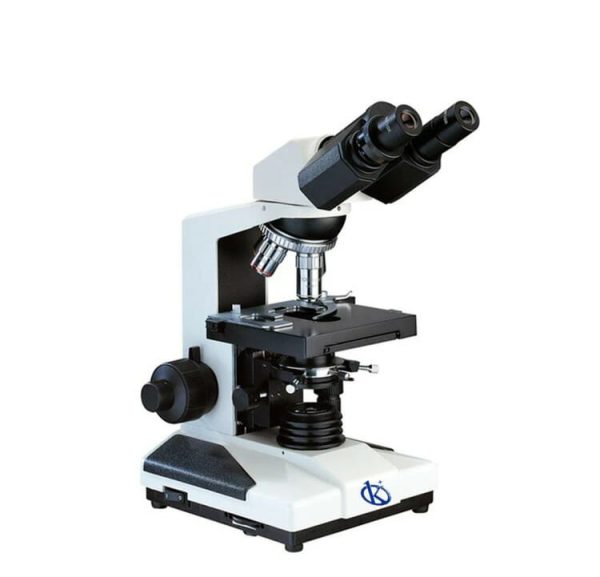
Phase contrast achromatic microscope 40x YR05792-2
Sliding binocular head, inclined at 30°, rotates 360 Achromatic lens 4x, 10x, 100x, achromatic phase contrast 40x Double-layer mechanical stage, 140*140 mm, range ...
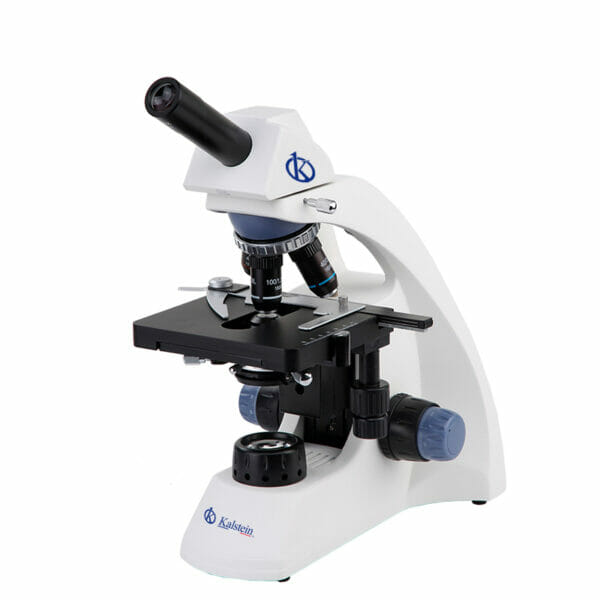
Biological Microscope YR0242-M // YR0242-T
Monocular, binocular, trinocular and teaching head available for choose. Quadruple nosepiece with precise click stop. Intergrated double lay, rotatable 360°, Quadruple nosepiece...

Binocular Infinity Plan Laboratory Biological Microscope YR05787 – YR05788
Inclined 30°,Rotatable 360°, Interpupillary Distance 48-75mm, High Eyepoint Eye, 4 Sets Objective Available: Achromatic, Infinity plan...
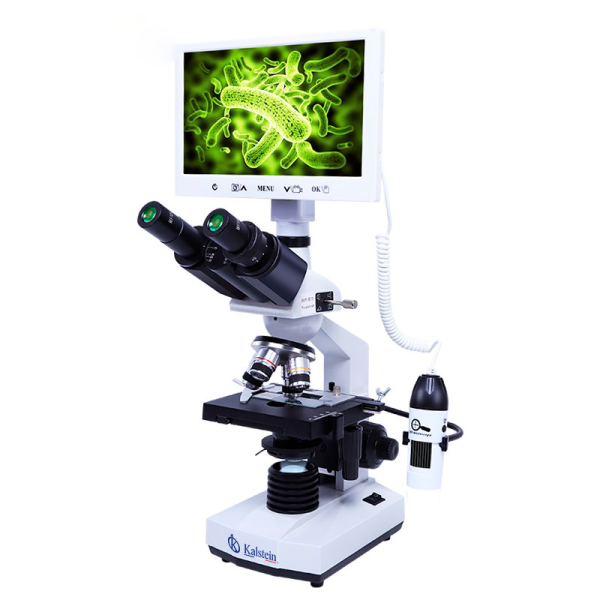
Biological + USB Portable Dual Lens Digital Microscope YR05783 // YR05786
Teaching Head, WF10x, WF16x, Quarduple, Ach. 4x10x40x100x, Mechanical Stage 115x125mm, Coaxial Focusing, LED, With ...
Our Microscope best seller
Entry Level Laboratory Microscope With Full Range Upgrade Extension
Can Use 40x LWD Infinity Plan Objective W.D.=3.0m To Avoid Contaminated By Cedar Oil
Creative 100x Water Objective Instead Of I00x Oil Objective For Easy Use Without Oil
High Rigidity Body Structure Design Supply High Steady & Easy Handle
Different Color Available To Customize Your Model!
Seidentopf Head
Inclined 30°,Rotatable 360°, Interpupillary Distance 48-75mm, High Eyepoint Eyepiece, Which Is Convenient For People With Different Sitting Height; The Integrated Design Of The Eyepiece Lens Barrel, Avoids The Loss And Contamination Of The Eyepiece And Enhances The Integrated Performance Of The Microscope.
Quadruple, Backward
4 Sets Objective Available: Achromatic, Plan, Infinity E-Plan, Infinity Plan.
Double Slide Holder Working Stage
Mechanical Stage Size: 145 mm×140mm, Travel: 76mmX52mm, Scale: 0.1mm
Condenser & Light Source
Abbe Condenser N.A.1.25, Iris Diaphragm, Rack & Pinion Up/Down, With Filter Holder 3W-LED Illumination Systems
| Model | YR05787-1A |
| Power Supply Type | DC USB Adapter |
| Transmit Light | 3W LED, Brightness Adjustable |
| Light Source Type | LED |
| Condenser N.A. | 1.25 |
| Condenser Type | Abbe |
| Condenser Features | Rack & Pinionↆ↑ Filter Holder Iris Diaphragm |
| Focusing Knob | Low Position Focusing Knob For Easy Operation |
| Focusing Scale | 0.002mm |
| Focusing Range | 26mm |
| Focusing Type | Coaxial Coarse & Fine |
| Focusing Features | Safety Stop Screw Tension Adjustable |
| Working Stage Moving | 76x52mm |
| Working Stage Size | 145x140mm |
| Working Stage Type | 2 Layers Mechanical |
| Working Stage Features | Double Slide Holder Size ≥140x140mm |
| Objective | Achromatic Objective 4x,10x,40x,100x |
| Objective Type | Achromatic |
| Nosepiece Holes | 4 Holes |
| Nosepiece Features | Inward |
| Eyepiece | WF10x/18mm, 2 pcs |
| Eyepiece Diameter | 23.2mm |
| Head Diopter | Left Adjustable |
| Head Interpupillary | 48~75mm |
| Head Rotation | Head Rotate 360° |
| Head Inclination | 30° |
| Standard Magnification | 40x-1000x |
| Optical System | Achromatic |
| Upgrade Function | BF+PH+DF+PL+FL |
| Standard Function | BF |
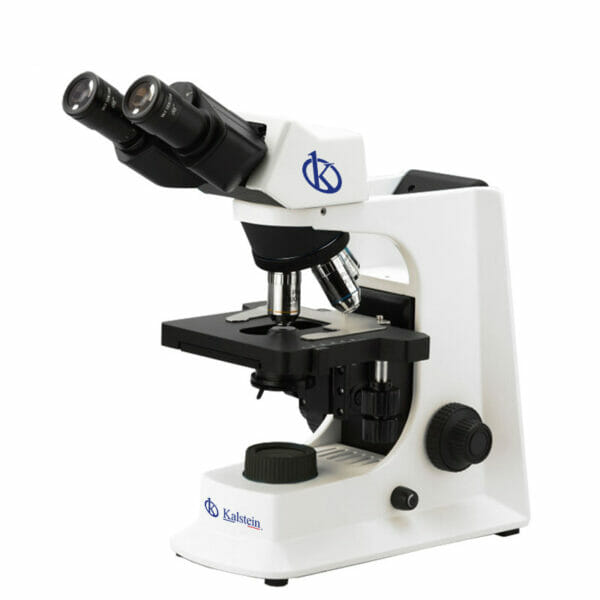
Analysis of the best Microscopes for Your Laboratory
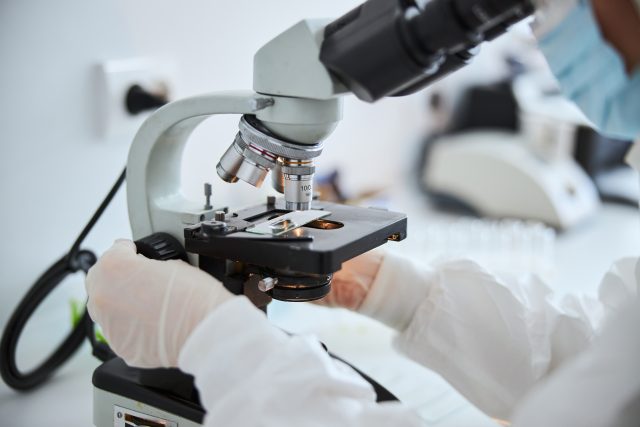
The Microscope and its evolution
The first great advances in science and in particular in the biological sciences are due in part to the invention of the optical microscope, when at the end of the seventeenth century Anton van Leeuwenhoek, carving lenses, was able...
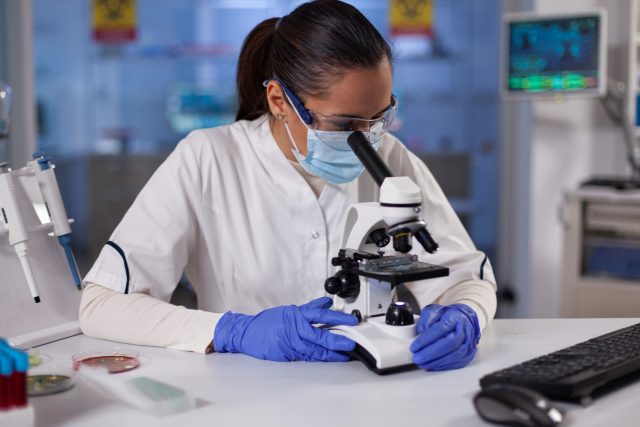
How to remove fungi from our microscopes?
Microscopes are essential equipment in any laboratory, some are very simple while others are more complex equipment; however, they are all made up of many parts that require prop...

What is an Atomic Force Microscope?
It is a mechanical-optical laboratory equipment, designed to show forces of order of the nanonewtons, for the determination and appreciation of various extensions of t...
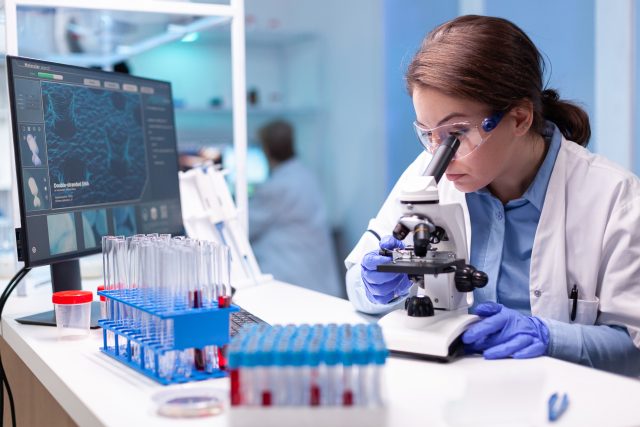
How does a planochromatic microscope work?
The objective of a microscope is the most important and complex element of the light microscope. It is important because the objective is where most of the magnificati...
Catalog of models of Microscopes on offer

Multivision binocular microscope YR0232 // YR0235
Select options
Polarizing Microscope YR0264 – YR0265
Select options
Inverted Trinocular Microscope YR0230
Add to cart
Trinocular Laboratory Microscope YR0231
Add to cart
Laboratory Microscope YR0239 – YR0240
Select options
Laboratory Microscope YR0237
Select options
Laboratory Microscope YR0241
Add to cart
Metallurgical Microscope YR0255
Add to cart
KALSTEIN UPDATED
Guidelines for you to become an expert in Microscopes
The Microscopes equipment are essential products in Your Laboratory, we provide you with guidance and recommendations for a better use, so you can work like an expert.
Special Care For Your Microscope
Microscope: Halogen vs. LED
What is a fluorescence microscope?
What is an X-Ray Microscope?

Frequently asked questions from our customers about Microscopes
The delivery time of your Kalstein product will depend on the following:
- Whether the equipment you are interested in is in stock or if it needs to be manufactured.
- The type of freight you have chosen, which can be either air or sea.
- Equipment in stock:
– Delivery Time (Air): 15-30 days.
– Delivery Time (Sea): 45-60 days.
- Equipment not in stock:
– Delivery Time (Air): 30-60 days.
– Delivery Time (Sea): 60-90 days.
You can make your purchase through:
- By email: [email protected]
- By phone: +33 (0) 1 70 39 26 50
- Online shopping: Through the official Kalstein website in your country.
At Kalstein, we provide our customers with inductions and technical support through new online methods. You can visit our induction videos, technical assistance, and guidance provided by a Kalstein team through our Youtube channel (Kalstein English). HERE
Send us a direct message and one of our agents will contact you
Microscopes
Lorem ipsum dolor sit amet, consectetur adipiscing elit. Sed dignissim placerat mauris cursus laoreet. Nam feugiat lacus ex, at fermentum sapien accumsan nec. Curabitur auctor porttitor mi non malesuada. Aenean condimentum, purus vitae rhoncus imperdiet, justo eros aliquam ipsum, at egestas leo diam eget libero.

Catalog of models of Microscopes on offer.
-

Electric Heating Drying Oven YR06446
-
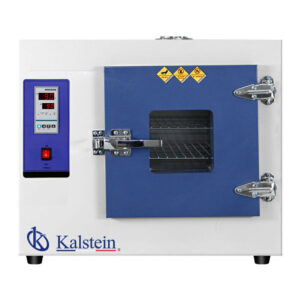
Electric Heating Drying Oven YR05259-2
-
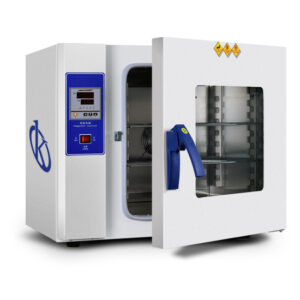
Electric heating drying oven YR05248 // YR05255
This product has multiple variants. The options may be chosen on the product page -
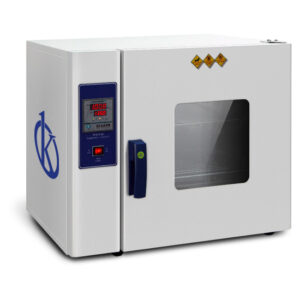
Electric heating drying oven YR05244 // YR05247
This product has multiple variants. The options may be chosen on the product page -

Mini Centrifuge With Large Capacity YR012G
-

Tabletop High Speed Centrifuge YR0137-2 – YR0137-3
This product has multiple variants. The options may be chosen on the product page -

Gel Card Centrifuge YR142-3 – YR142-3-1
This product has multiple variants. The options may be chosen on the product page -

Tabletop High Speed Centrifuge YR019-TG
This product has multiple variants. The options may be chosen on the product page -

Intelligent Electric Wheelchair YR06432
-

Electric Wheelchair YR05445
-

Electric Wheelchair YR05443
-

Electric Wheelchair YR05442
-

Electric Wheelchair YR05444
-

Electric Wheelchair YR05441
-

Electric Wheelchair YR05440
-

Electric Wheelchair YR05439
Descubre más de nuestro catálogo
Tipos de Microscopes

[Producto] A
Lorem ipsum dolor sit amet, consectetur adipiscing elit. Ut elit tellus, luctus nec ullamcorper mattis, pulvinar dapibus leo.

[Producto] B
Lorem ipsum dolor sit amet, consectetur adipiscing elit. Ut elit tellus, luctus nec ullamcorper mattis, pulvinar dapibus leo.
Find out more about Microscopes with our guides.
Ultrasound Scanner: Real-Time Imaging Diagnosis for Reliable Results
The ultrasound scanner is a fundamental tool in the field of medical diagnostics. This device not only allows for the...
Dental Units: Complete Stations for Modern Dental Care
Dental units have revolutionized how dentists perform their procedures. Over the years, technological advancements have transformed these stations into key...
Transilluminator: Essential Technology for DNA and RNA Detection in Laboratories
The analysis of nucleic acids, such as DNA and RNA, is a critical task in any molecular biology laboratory. In...

